Don't miss your chance to invest in 'Fabiola'!
Visit our crowd-funding page for our new production, "Fabiola"!
- Home
- The Importance Of Good Stories
- Walt Disney's Story
Walt Disney: One Of The Most Famous People In The History Of Cinema
Walt Disney. Everyone knows the name of the most famous moviemaker of all history, but how many, even among Americans, know the full life story, inspirations and dreams of one of the the most important people in the history of cinema?
Quick Links
1. Walt's Roots
2. Walt's Struggles
3. Living The Dream
4. Walt's Accomplishments
5. Encouragement For Independent Filmmakers
His life was one filled with many challenges and shattered dreams, but he kept chasing his dreams and, as film critic Joel Sigel said, “He became Walt Disney.”
Although from humble beginnings, Walt never lost sight of his dream. He hired the men he needed, did what it took to fund his movies, and eventually realized his dream of becoming a director of live-action films.
When one considers Walt Disney’s life story, he can see that it is a story that fits well with the timeless fairytales he loved telling through his films.
Not only did this man follow his own dreams but he is also credited for many accomplishments that greatly advanced filmmaking, making him very important in the history of cinema.
1. Considering The Background He Came From, Walt Disney's Amazing Success Should Serve To Encourage All Independent Filmmakers
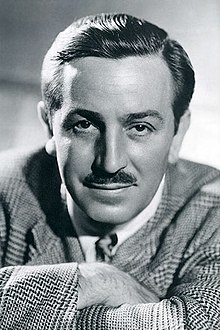
Walt’s background was not too promising for an aspiring filmmaker, but that did not stop him. His father was a farmer and Walt knew what it was to work hard. Maybe that is why he was able to keep on going even when times were rough for his company.
In 1920, Walt started making ads for the Kansas City Film Company, but this was not his dream career. He left the Midwest in 1923, at the age of twenty-two, in hopes of a better chance in Sante Fe.
After many a Silly Symphony, Walt decided to make his first full-length film, Snow White and the Seven Dwarfs, in 1937. Although he was laughed at for his pains, Walt decided to go ahead with his project.
It was met with huge success.
Dumbo was a turning point as it brought success that was vital to the life of the company. At this point Walt found the men he needed to help him make Walt Disney Pictures the reality of his dreams.
Walt didn’t do it all alone. One of his biggest supporters as well as his closest friend was his brother, Roy. Roy was willing to go all the way with Walt. This devotion included going far from their home on the farm in the Midwest and into the busy city of Santa Fe to try their fortunes in the moviemaking business.
There they found enough to get them started on what would become the biggest moviemaking business in the world.
After the Disney strike in the wake of Dumbo, many of the animators left.
These animators did not leave without training the next generation of animators: Walt’s closest friends, the “Nine Old Men”.
These men, Les Clark, Eric Larson, Wolfgang Reitherman, Ward Kimball, Milt Kahl, Frank Thomas, Ollie Johnson, John Lounsbery, and Marc Davis, were the animators, the voices for the characters, and the musicians.
These nine men gave the early Disney films their all.
Don Hahn, the producer of Beauty and the Beast and The Lion King, stated his opinion saying, “I think the fact that the Depression happened and Walt kinda pulled them all together was really this amazing moment in history.”
Without the help of these animators and his supportive brother, it is unlikely Walt would have been able to go so far or been so successful.
"I think the fact that the Depression happened and Walt kinda pulled them together was really this amazing moment in history."
-Don Hahn, producer of Beauty and the Beast and The Lion King
2. Walt's Tactics To Keep His Company Alive During Hard Times
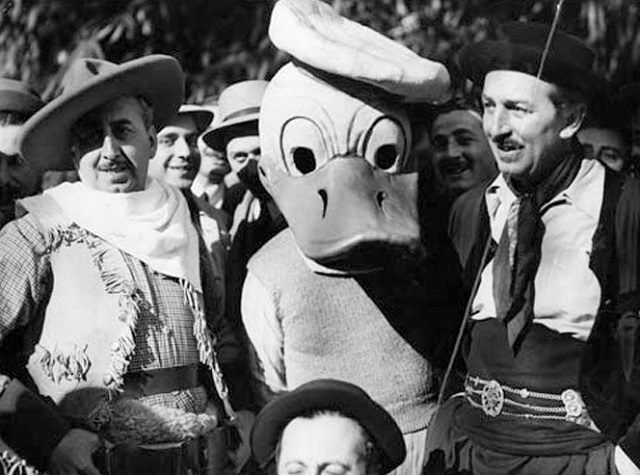
Although Walt enjoyed drawing the cartoons, he did not do much of it once his business really started meeting success. In the words of Roy Paul Nelson, Walt’s genius lay in creating, organizing, and directing.
His mind was better coordinated for figuring how to combine the talents he had to work with to make the best picture possible. He had a high standard and a good eye for how he wanted the cartoons to look.
He made his animators meet this standard.
Ward Kimball remembered going down to the zoo during the making of Bambi to look at the animals and get a good idea of how they could make the animations as life-like as Walt wanted. Even though it meant redoing and redoing hours of hard work, Walt put in the time and effort, and his films are well-beloved as a result of this effort.
Walt employed many means for funding his early films. During World War II the United States Military was in need of training. Walt seized this opportunity for gaining more revenue to do what he loved.
Walt Disney began making training films for the US government.
Another source of extra income was live-action shorts. These were started when the studio was doing all it could to keep the company alive: a time when Walt was finding and trying every avenue to bring income into the studio.
When it was time to make Dumbo, Walt realized he had to be very careful to find ways to save money without diminishing the quality of his films. He did a very good job because the feature does not feel like it is a low-budget film!
Little facts like these help a person get perspective on how difficult it really was for Walt to fulfill his dreams.
He was even willing to learn and try new tricks to find a way to keep his company alive.
3. Realizing A Long-Cherished Dream And Making The First Live-Action Disney Films
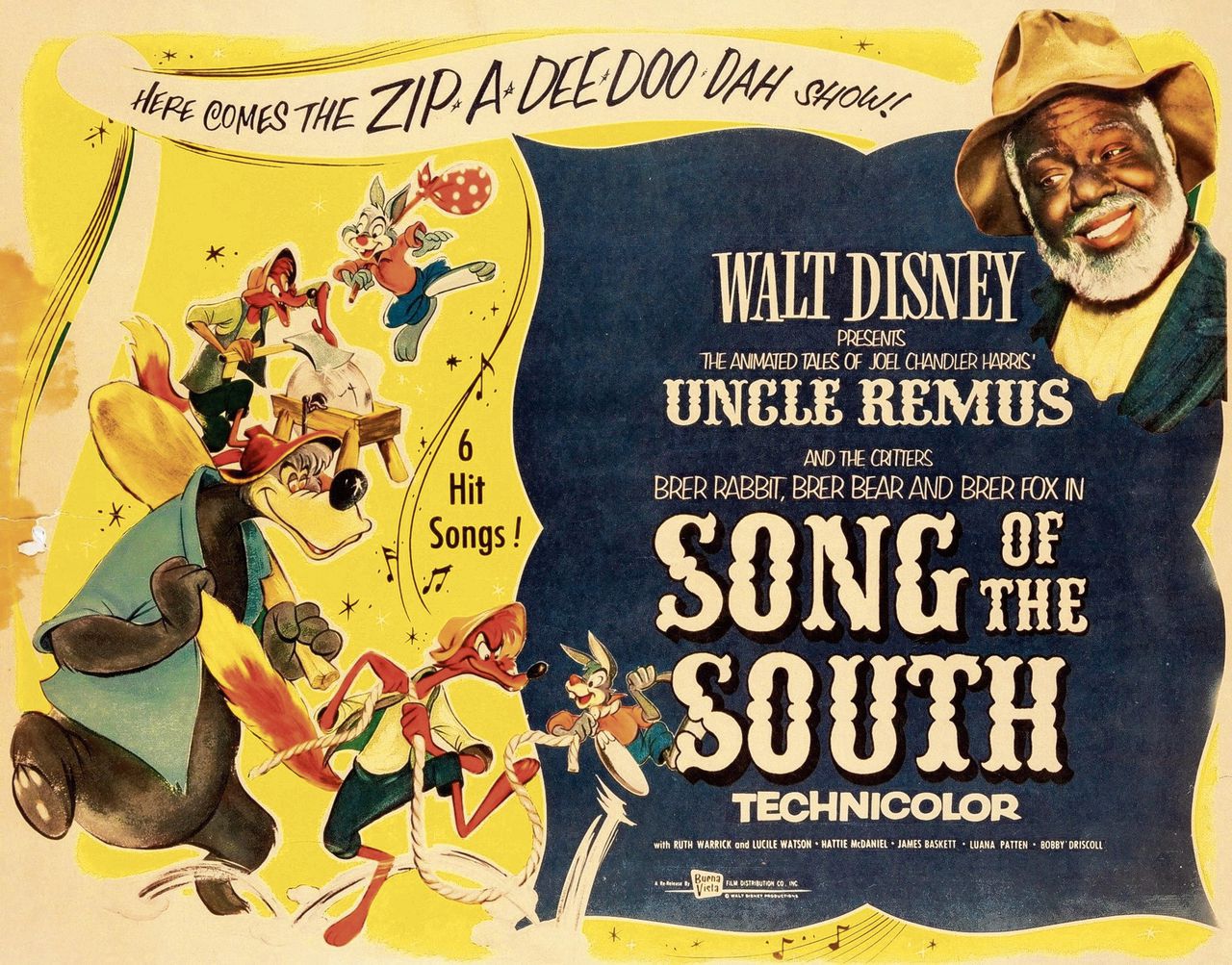
Mr. Disney is best known for his cartoons. This was where he started his business with his Silly Symphonies. His first full-length film, Snow White and the Seven Dwarfs, was a cartoon. The best loved Disney characters, Mickey and Minnie Mouse, Donald Duck, and Pluto were the original cartoon characters.
The “Golden Age” of Disney’s movies were the cartoons of the 1930s and the 1940s.
These animations number among the best loved children’s movies of all time: Snow White and the Seven Dwarfs (1937), Pinocchio (1940), Fantasia (1940), Dumbo (1941), and Bambi (1942). Although these movies were well-liked and even loved, Walt had a bigger and better dream for his company.
What may surprise many, is that Walt himself did not see cartooning as his dream career. It was always his bigger dream to make live-action films, and he used the cartoons as filler until he was able to make them. In 1946, Disney made Song of the South, which combined both cartoon characters and live actors.
Walt explained the reason he did this saying, “I did it during the war (WWII), and I did about thirty minutes of cartoon and filled in with a little over an hour of live action—because I couldn’t do an hour and a half of cartoon.”
“I did (Song of the South) during (WWII), and I did about thirty minutes of cartoon and filled in with a little over an hour of live action—because I couldn’t do an hour and a half of cartoon.”
-Walt Disney
After the Second World War, Walt’s chance came to meet him. He was commissioned by the U.S. government to use the frozen funds in Great Britain.
Accordingly, he made his first full-length live-action film in 1950 using British actors, Treasure Island, based on Robert Louis Stevenson's classic exciting pirate story.
He decided against an animation because it would not help to use the frozen funds if he hired and trained new animators.
As it was, Treasure Island was the starting point of a new age for Walt Disney Pictures.
Fortunately, his first live-action film was a success and marked the beginning of many live-action Disney movies. Our good Disney movies to watch recommendation are almost all live-action films. Read their reviews here...
One of the most pronounced characteristics of Walt Disney’s movies is his amazing storytelling edge. This is manifested mainly by the attention to detail for both the storyline and the visual.
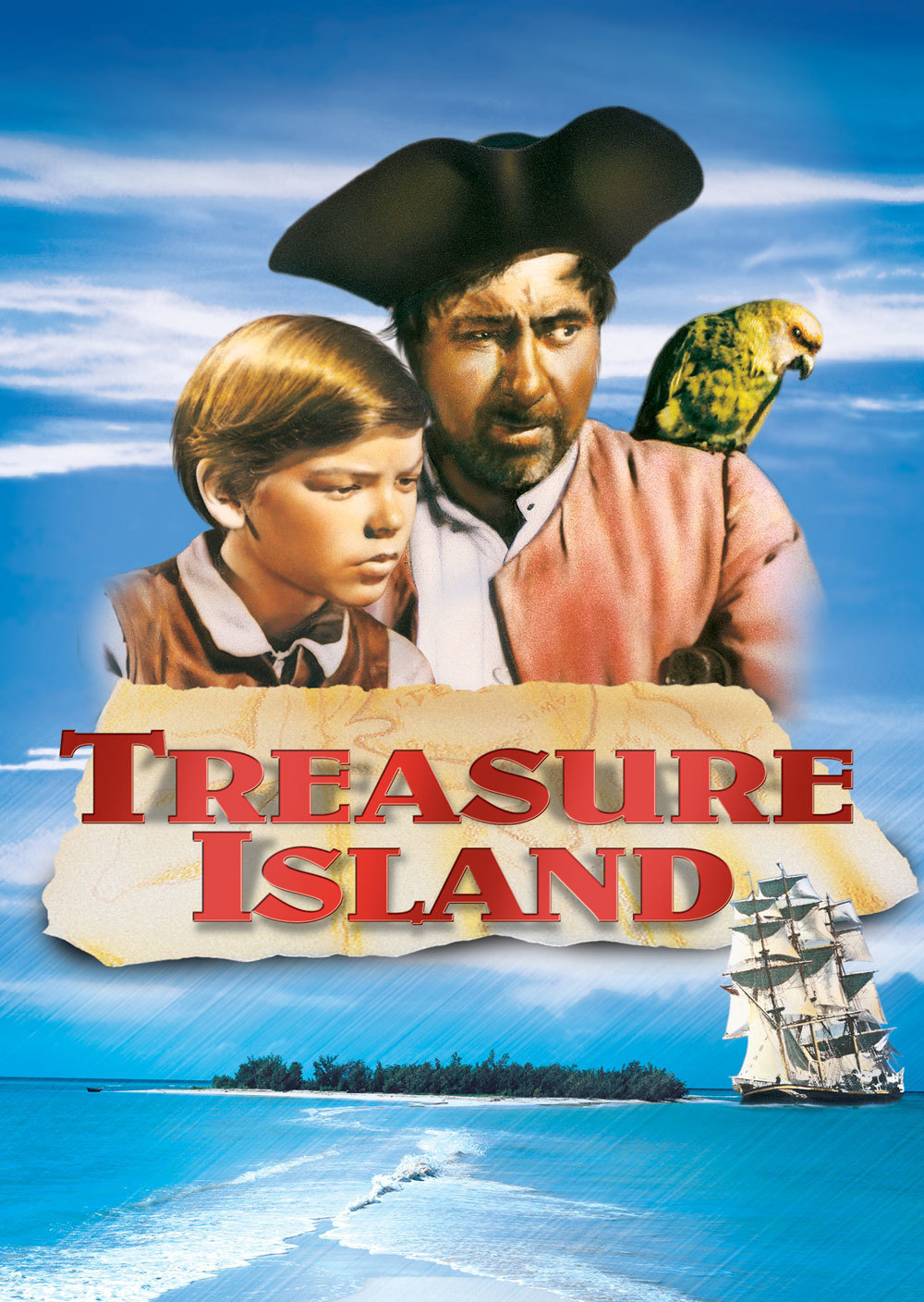
Carol Grub says that attention to detail was maintained during Dumbo by the storywriters who “could depend on each other. One would shoot an idea and the other would shoot back”.
This made for a very well-plotted story.
Walt himself had a high attention to detail and would encourage his animators to use live-action for a reference while drawing the characters.
The selection of actors and voice actors also added to the believability of the films. Walt paid close attention while selecting his actors and voice actors.
Walt's close attention to voice quality over famous names is best illustrated by the story behind the voice of Cinderella. The music writers used the actress’ voice as a demo for their song. When Walt heard the recording he liked the sound of the voice so much that he selected her to do the character.
All these qualities added up to make the great pictures all Americans look on with fond feelings of nostalgia. Such attention made the movies believable. This was fully necessary because Walt had to build his company from the ground up.
He did not already have a name and the best way to make one was to produce something people liked seeing, something distinct and exciting, so that they would keep coming back for more.
4. The Struggles That Walt Was Able To Overcome In Order To Be One Of The Most Influential Directors In The History Of Cinema
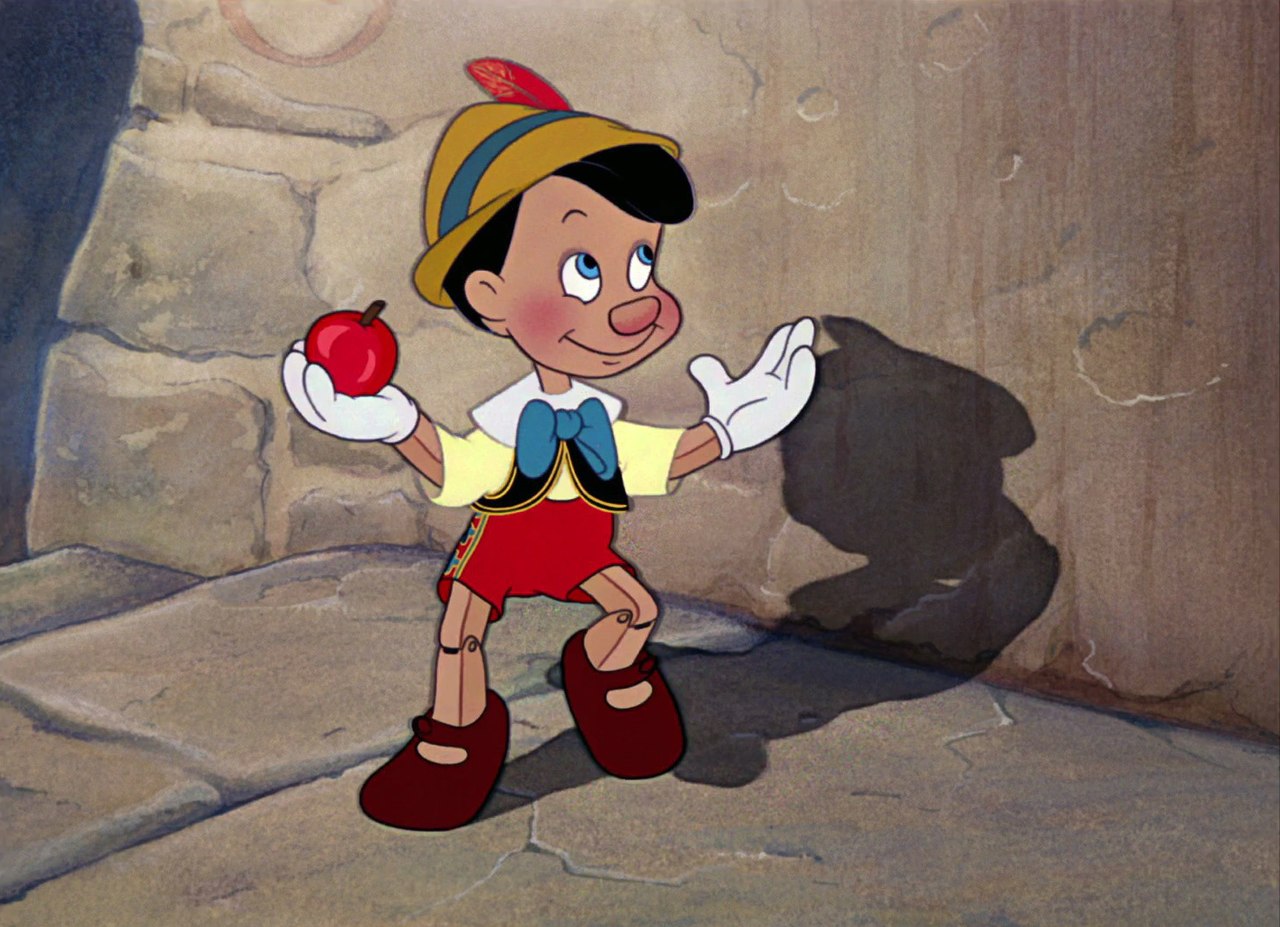
The path for Walt Disney’s success was not paved with flowers, however. Many a time, he was given ample reason for discouragement.
First of all, many of the films took much more time to make than projected. Bambi, for example, took nine years to perfect to the point that it was ready for release.
After World War II his greatest supporter, best friend and brother, Roy advised him to sell the company because they were having such a hard time keeping the company alive. At this time, they were four million dollars in debt.
They decided to make Cinderella. If it was unsuccessful, Walt agreed to sell the company.
Fortunately for future generations and for the history of cinema, it was a huge success. Not that it was surprising. John Culhane noted, “Usually, if Walt believed hard enough, it worked for him.”
Walt Disney proved that if a person believes hard enough and never gives up, he can go much farther than a person who waits for something to turn up.
There are many filmmaking aspects people today take for granted which they actually owe to Walt Disney.
When he made that short clip of Mickey Mouse whistling on the steamboat in 1928, Walt became the first person to succeed in matching sound with visual animation.
This was a huge leap forward in the history of cinema.
He was the first person in the history of cinema to make a film in full Technicolor with his "Flowers and Trees". Snow White and the Seven Dwarfs was the first full-length cartoon, which Disney made in 1938, another huge milestone in the history of cinema.
Walt was also the director who first introduced the idea of using storyboards for live-action films. Beside these contributions, Walt Disney hired Julie Andrews for her first role in a major motion picture, Mary Poppins in 1964.
For his efforts, Walt Disney received a total of fifty Academy Awards for his movies and for scientific and technical contributions to filmmaking. He was willing to put in the effort and reaped his rewards after putting in many years of hard work.
5. What We Can Take Away From The Story Of Walt Disney's Life And Success In His Time: Catholic Filmmakers Can Also Make A Difference In Our Place In The History Of Cinema
Walt Disney’s life itself is almost like the fairytales he loved to tell. His chances at success were not promising, he had many struggles, but he was never willing to give up hope.
He gave it his all and kept on keeping on.
His success is largely due to his unconquerable spirit which would not accept defeat, although ample opportunities presented themselves. Walt became the most successful moviemaker in the history of cinema.
The lesson a person can take away is that it does not matter how many times a person is torn down, he never has an excuse to give up. He can still do great things despite great obstacles. If a secular person like Walt Disney was able to achieve so much, what can a Catholic do with the same spirit paired with the Faith?
The possibilities for good are without bounds.
References
Boeder, Laurie. “Disney’s Animated Classic Children’s Movies of the 1930s and 1940s.” liveaboutdotcom. 24 Nov. 2017. Dondash. 2 Nov. 2020. <https://www.liveabout.com/disney-animated-movies-1930s-and-1940s-728301>.
“From Rags to Riches: The Making of Cinderella.” Cinderella. Dir. Walt Disney, 2005. DVD. Disk 2.
“From Walt’s Table: A Tribute To Disney’s Nine Old Men.” Film Critic Joel Sigel. Cinderella. Dir. Walt Disney. Disney, 2005. DVD. Disk 2.
“History.” The Walt Disney Studios. 28 Sept. 2020. <https://www.waltdisneystudios.com/ history/>.
Nelson, Roy Paul. “Disney, Walt.” The World Book Encyclopedia: D-5. 1988. Print.
“Taking Flight: The Making of Dumbo.” Dumbo. Dir. Walt Disney, 2017. DVD.
“Walt Disney.” The Walt Disney Family Museum. 28 Sept. 2020. <https://www.waltdisney.org/walt-disney>.
“Walt Disney and Live-action Films.” The Walt Disney Family Museum. 28 Sept. 2020. <https://www.waltdisney.org/blog/walt-disney-and-live-action-films>.
“WDFM Blog Club: Walt’s Life.” The Walt Disney Family Museum. 28 Sept. 2020. <https://www.waltdisney.org/blog/wdfm-blog-club-walts-life>.
Subscribe To Our FREE Email Newsletter:
Awards:


#RebuildChristianArt Blog
An aid for families encouraging the reconstruction of the social fabric by sparking interest in Christian art and culture. Find beautiful novels, films, music, food and customs.
What's New At The Studio
-
Jordan Sax Returns with Music for Our 2025 Christmas Special
Dec 31, 25 12:28 PM
-
Thank You for Celebrating Christmas With Us!
Dec 30, 25 01:48 PM
-
A French Filmmaking Family Brings Old-World Charm to Our Christmas Special
Dec 27, 25 09:00 AM














